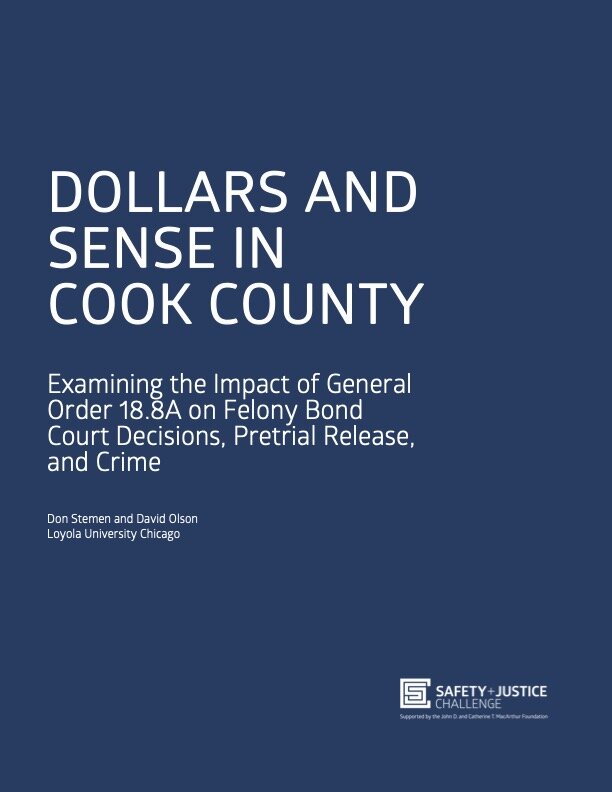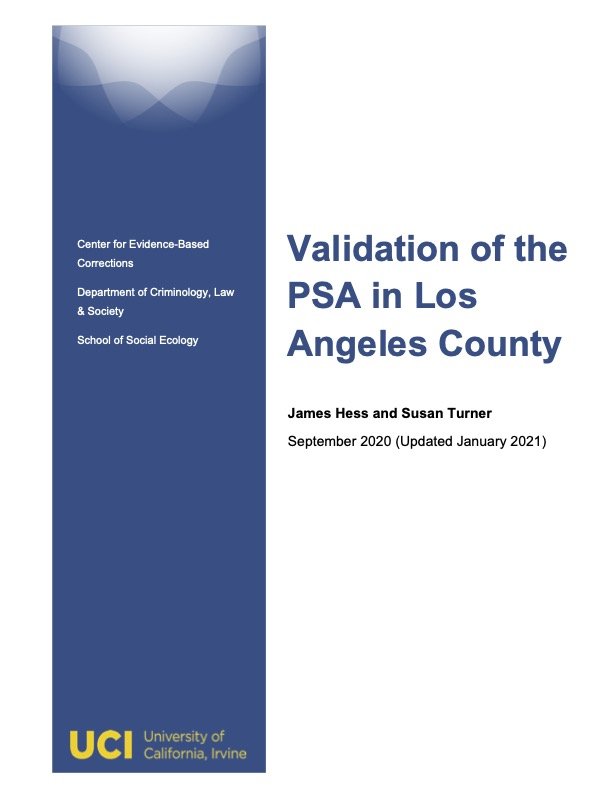By Jennifer A. Tallon, Sruthi Naraharisetti, Viet Nguyen, Lisa Bailey Vavonese, and Michael Mrozinski
Recognizing the “obvious truth” that defendants cannot be assured a fair trial without representation, the Supreme Court has held that the right to counsel guaranteed by the Sixth Amendment requires states to provide a lawyer if a defendant cannot afford one. However, in 42 states and the District of Columbia, individuals experiencing poverty are charged a fee for invoking their Sixth Amendment right to counsel (hereafter referred to as “defender fees”). While defender fees are a marginal contributor to legal system fines and fees imposed on individuals, these fees are unique amongst the larger universe of fines and fees insofar as they essentially impose a fee for a Constitutional guarantee. Although there is a growing body of research on the use and impact of legal system fines and fees broadly defined, specific attention to defender fees remains underexplored within this literature. Policymakers and practitioners can help to ensure quality representation through an evidence-based approach to the problems and potential solutions associated with defender fees. To fill this research gap and start building the necessary evidence base, the Center for Justice Innovation (Center) partnered with the National Legal Aid & Defender Association (NLADA) to conduct two national surveys to document the uses and perceptions of defender fees among (1) public defense attorneys and (2) public defense and court leadership. What follows is a summary of those findings and a discussion of potential policy and practice considerations. Findings suggest that public defense attorneys are receptive to exploring policy and practice solutions to mitigate the impact of defender fees. • Most public defense attorneys surveyed for this study opposed the use of defender fees, the most common reason being the collateral consequences experienced by clients. Public defense leaders who responded to our survey5 were more supportive, seeing the benefit of fees in offsetting the costs of the public defense system. • Contrary to prior research, few attorneys in our study reported defender fees negatively impacting the attorney-client relationship. Still, some had witnessed clients waive their right to counsel because they could not pay an upfront defender fee. • We also asked attorneys to describe how statutes on defender fees apply in practice, and there was considerable variability, suggesting the need for greater standardization in terms of equipping attorneys with the skills to advocate against the fees and for judges to consistently apply procedural safeguards like ability to pay determinations. • Finally, a secondary survey of public defense and court leaders illustrated jurisdictions’ difficulties tracking data, specifically estimating outstanding debt or the revenue associated with defender fees.
New York: New York Center for Justice Innovation, 2025. 25p.




















